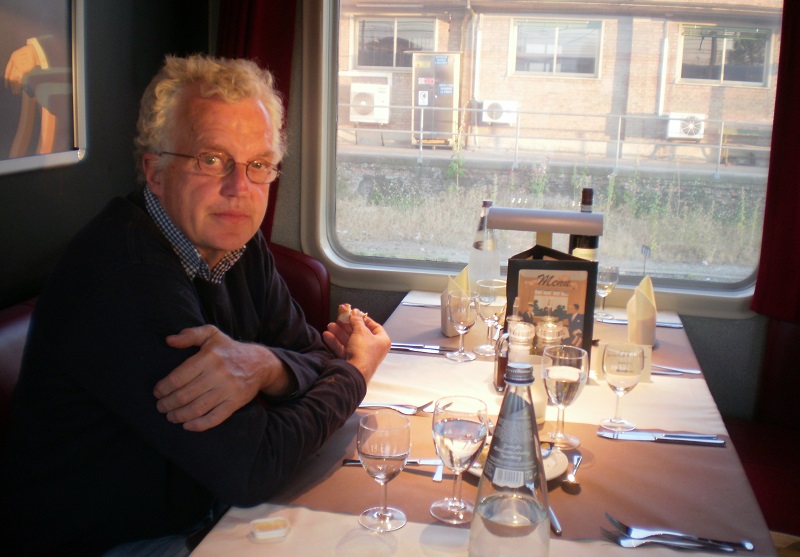Given the scale and cost of HS2, the case to build the line rests on remarkably shaky foundations.
The government relies very strongly on what it calls the “business case” which is, in fact, a complex and fairly flaky methodology that tries to assess the wider long-term costs and benefits of the project and ascribes monetary values to aspects such as environmental degradation and business.
A complex equation then gives the crucial Benefit Cost Ratio figure which determines whether the scheme is viable or not.
The benefits largely consist of time savings as people use the high speed train instead of their cars or conventional rail services.
But even taking the government’s calculations at face value, the BCR for the new London to Birmingham line is just 1.7 — an estimated £1.70 return on every £1 spent on the project.
Normally such a low figure would mean the project failed at the first hurdle since many other schemes, notably roadbuilding and, ironically, some of the alternatives to boosting capacity on the West Coast Main Line, have far higher BCRs — in the region of £5 or £6 for every £1 spent.
But any assumptions about an increase in future rail passengers or the final cost of the HS2 scheme may be well wide of the mark.
Moreover, the method is fraught with flaws. For example, it counts times saved by business travellers at a higher rate than leisure travellers, but this neglects the fact that actually many people now do work on trains and therefore the value of the time savings may be illusory. Therefore, it is not the business case that has determined the outcome of the consultation, but rather the politicians’ hunch that this is a scheme worth pursuing. It is a gamble and one that might rebound strongly in ministers’ faces given the widespread opposition and scepticism about the project.
There is no shortage of alternatives. If one started with the notion that there is £17 billion available for transport schemes — let alone £32.7 billion final — and used the BCR concept to assess the best way to spend it, the result would not be HS2.
If the idea was to get people out of their cars, then a series of tram schemes in major cities would do the job much better. Alternatively, to attract more people onto the railways, the money would be to keep fares down, put on lots more suburban carriages and sort out various bottlenecks in the system. All these, though, are too mundane for politicians intent on leaving their mark.
